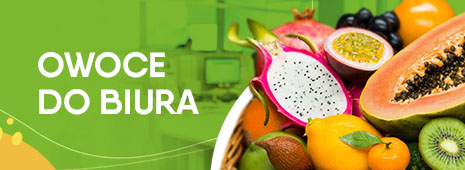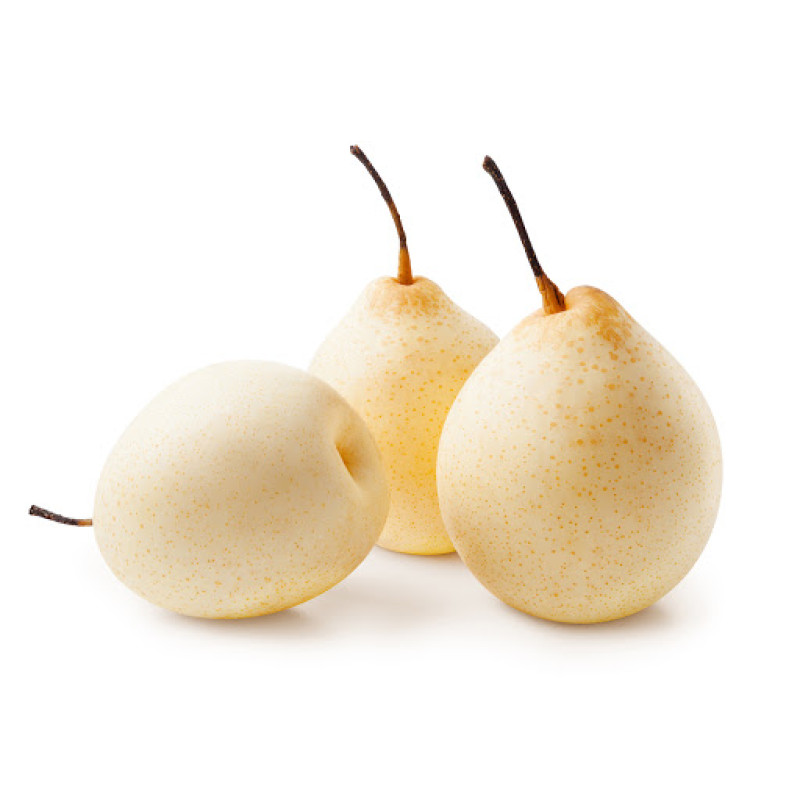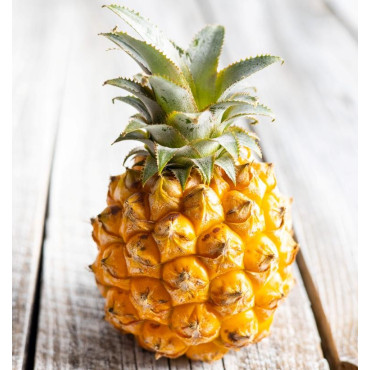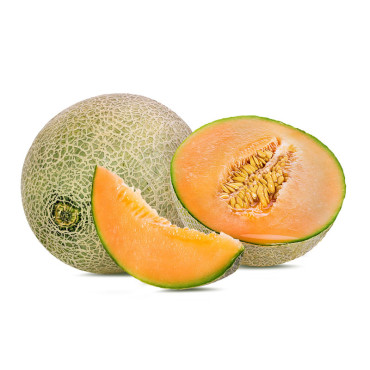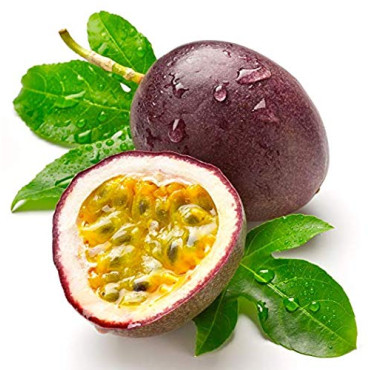Chine Nashi Pear 1 pcs.
12,59zł
- Brand: Fruits Today
- Product Code: 60
- Availability: Out Of Stock
Fruit sets are shipped within 24 hours Choose your set. Price from 75 PLN
In the wide world of fruits, when is a pear an Asian pear? Can a fruit that looks more like an apple be called a pear? Sometimes the confusing use of common names (compared to scientific and botanical names) can make us think in the fruit shop. The term Asian pear is just one of many common names for fruits produced by Pyrus pyrifolia varieties, a tree originating from East Asia, particularly western China, domesticated in prehistoric times. The Pyrus genus makes them pears; apples belong to the Malus genus. Asian pears are actually round apple-shaped fruits and are ripe when still firm, like apples - they are best ripened on the tree and are often carefully packed with a protective layer of insulation wrapped around each fruit to prevent bruising. Their skin has a color ranging from light brown to greenish-yellow, a slightly rough texture, a matte finish and characteristic, evenly distributed spots. When an Asian pear is ripe and cut open, the flesh is white, crunchy, and juicy, with small seeds in the middle.
In English, Asian pears are also known as apple pears, sand pears, nashi, Japanese pears, Chinese pears, Korean pears, and others. They have many common names, and due to their extremely long history of cultivation, there may be thousands of varieties currently in existence, affecting their size, taste, color, and harvest time. As with most fruits and vegetables, domestication of wild plants has caused a significant increase in the size of Pyrus pyrifolia fruits, and the heaviest Asian pear varieties can even weigh up to 4 pounds per fruit. The Asian pears typically seen in American markets are about the size of a large apple.
The bell-shaped pear, which is more commonly associated with the term "pear", is Pyrus communis, the fruit of a tree originating from Eastern Europe or Western Asia. This common or European pear also has many varieties, although significantly fewer than Asian pears. Unlike Asian pears, European pears ripen on the tree, and are sweetest when they soften and have a more creamy texture than the crispy Asian pear.
In English, Asian pears are also known as apple pears, sand pears, nashi, Japanese pears, Chinese pears, Korean pears, and others. They have many common names, and due to their extremely long history of cultivation, there may be thousands of varieties currently in existence, affecting their size, taste, color, and harvest time. As with most fruits and vegetables, domestication of wild plants has caused a significant increase in the size of Pyrus pyrifolia fruits, and the heaviest Asian pear varieties can even weigh up to 4 pounds per fruit. The Asian pears typically seen in American markets are about the size of a large apple.
The bell-shaped pear, which is more commonly associated with the term "pear", is Pyrus communis, the fruit of a tree originating from Eastern Europe or Western Asia. This common or European pear also has many varieties, although significantly fewer than Asian pears. Unlike Asian pears, European pears ripen on the tree, and are sweetest when they soften and have a more creamy texture than the crispy Asian pear.


